There are different approaches to oral brushing, and each approach should be tailored to a patient's needs and abilities. It's not a case of simply transferring responsibility to other professional groups or transferring responsibility for personal oral hygiene to patients. Ideally, patients should perform personal oral hygiene activities, although in advancing age, they may not be able to do so. External brushing can be a useful alternative. In this article, we will look at three common approaches to oral brushing.
Study of dental professional brushing technique
The aim of this study was to evaluate the effectiveness of different oral brushing techniques and determine the most effective technique. This was done through a questionnaire that asked participants to describe their personal information and to rate the brushing technique they use. In addition, they were also asked about how often they brush their teeth and whether they use any dental aids. A single examiner conducted this examination and all participants were seated upright with disposable masks on. The main author was then calibrated for the clinical parameter.
The results of the present study indicate that a better understanding of oral hygiene behavior is necessary for effective intervention and education. This study shows that if dental professionals are trained properly, they can effectively improve oral hygiene behavior. Moreover, this study shows that dental care professionals can help improve oral health by practicing proper oral brushing techniques. This research is funded by RD's institutional budget. You can read the full report on the study's methodology at its website.
Although different dental associations recommend different techniques, they do not all endorse the same one. The Modified Bass technique was the most common recommendation from nineteen dental associations, while the Fones and Scrub techniques were recommended by three other groups. There was little useable information about toothbrushing on the websites of toothpaste companies. The most popular technique recommended by the associations was the Modified Bass technique, which differs significantly from the methods used by dentists. It was also not common to find the same technique recommended by dentists for children and adults.
Researchers have concluded that the results of this study demonstrate the importance of increased awareness in combating dental caries. The low awareness about dental caries is partly responsible for the findings of the study. In places where dental caries is prevalent, knowledge of how to properly brush teeth is crucial. One example of this is Omdurman in Sudan. The population there has low socioeconomic status and a high rate of dental caries. The importance of oral health programs cannot be underestimated.
Comparison of standardized vs tailored brushing method
To understand which is better for patients, a comparison of the standardized vs tailored oral brushing methods is helpful. A standardized brushing technique has been associated with lower compliance, which is often attributed to biased practices such as using the wrong brushing technique. However, the tailored approach is believed to improve compliance. This study was conducted with patients and dental hygienists.
The primary objective of this study was to evaluate the effects of phototherapy on dental trauma patients. In this study, a tailored brushing protocol was developed for patients immediately following trauma, and before they underwent full tooth rehabilitation. This method involved instructing patients on the proper use of a soft brush, electric toothbrush, and interdental rubber flexible brushes. Patients were then instructed to follow the protocol at home to maintain the quality of their oral hygiene.
The study involved 27 subjects. Each subject received a dental cleaning before the three-day plaque regrowth interval. Each tooth was stained with an indicator, and the results were scored using a planimetric index. Each participant then brushed their teeth for 20 seconds using one of three different techniques. Then, the six-axis robot was programmed to follow the clinical brushing programmes. The artificial teeth were covered with a plaque-simulating substrate, and the subjects repeated this procedure seven times. Using this methodology, the researchers were able to evaluate the efficacy of both methods.
In addition to evaluating the effects of toothpaste on plaque, researchers also conducted an in vitro study to measure the effectiveness of these oral hygiene regimens. To test the effectiveness of interdental brushes, the researchers used typodonts coated with indicators that resemble plaque. The subjects were then brushed using a mechanical brushing simulator, water, or dentifrice. The results showed that the tailored oral brushing regimen was more effective at removing plaque.
Effect of brushing time on plaque removal
Researchers conducted a randomized controlled trial evaluating the effects of different lengths of oral brushing on plaque removal in children. The participants were randomly assigned to the IPT or the MT groups. In the first group, the duration of brushing was significantly longer than in the second group. In the other group, the difference was only marginal. However, both groups had similar levels of plaque removal at the end of the study.
The researchers measured the amount of plaque removed using the modified Quigley & Hein index. They examined plaque removal for six points on each tooth, pre and post-brushing, and compared the means for each group. The researchers then used a three-way ANOVA to compare the effects of time and force on plaque removal. The study included 16 different combinations of brushing time and force. Subjects, force, and time were fixed effects.
To test the effects of oral brushing time on plaque removal, researchers first evaluated the efficacy of different cleaning protocols. The results revealed that a longer brushing time with higher force led to higher plaque removal. Furthermore, a higher brushing time of 120 seconds was associated with greater plaque removal when compared to a less effective one with a shorter duration. Ultimately, this study was able to determine which cleaning techniques had the highest potential for plaque removal.
To investigate the effects of oral brushing time, researchers coated typodonts with simulated plaque. These were mounted on a brushing simulator. The subjects brushed the molar surfaces using two types of toothbrushes. The toothbrushes used were either soaked in distilled water or in a 1:1 slurry of fluoride dentifrice in silica base. Top-down images were captured before and after the treatments.
While the American Dental Association recommends that all people brush their teeth for two minutes twice a day, varying brushing habits affect the duration and amount of time that they should spend brushing. Some dentists recommend brushing after eating a meal, while others suggest waiting at least an hour after eating acidic foods. In addition, brushing too soon after eating acidic foods can weaken the protective enamel of the teeth.
Effects of brushing on periodontal disease
Interdental brushes are a promising solution for periodontal health inequalities. These dental care tools may reduce the racial and social disparities in periodontal disease prevalence. These devices may also help alleviate the health inequalities caused by poor interdental brushing. However, these brushes lack specific questions regarding the frequency and duration of interdental brushing. These findings may be biased.
The study also evaluated the effect of interdental brushes on periodontal disease. It found that interdental brushes were more likely to reduce the risk of periodontal disease in men and women. It also showed no significant differences between the two groups in terms of the frequency of interdental brushing. The researchers also noted that these brushes were used by older adults and those of higher education. However, this did not mean that the interdental brushing techniques used by younger adults are ineffective.
However, many individuals do not regularly brush their teeth and floss their gums. Despite the widespread benefits of good oral hygiene, not everyone adheres to it. While proper oral care practices can help avert periodontal disease, it is important to understand that the treatment of periodontal disease is a dental procedure that requires professional help. But if oral hygiene is neglected, the situation can get worse over time.
Moreover, smoking can alter the body's immune system, making it more vulnerable to gum disease. Inflammatory hormones released by gum disease can increase the risk of developing heart disease, diabetes, and Alzheimer's. If you want to protect your oral health, brush your teeth regularly and visit your dentist at least twice a year. Moreover, smoking affects the blood circulation in the gums, making it more difficult to fight off plaque buildup.
While there are no direct studies that compare the efficacy of using interdental brushes with floss, there are some preliminary evidence to support these findings. The effect of interdental brushing on plaque and gingival health has been noted in several studies. In one study, Lyle DM and colleagues evaluated the effects of using a water flosser compared with interdental brushes. Their findings supported the benefits of interdental brushes in preventing periodontitis.

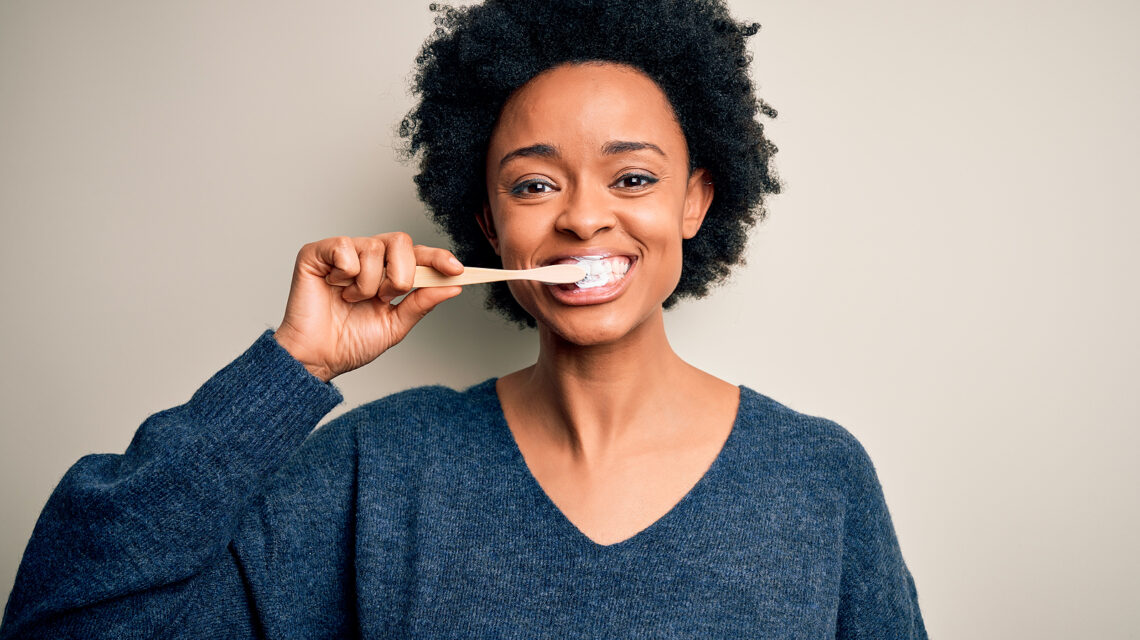

 The Diversity of Mouth Bacteria and the Role of Oral Hygiene
The Diversity of Mouth Bacteria and the Role of Oral Hygiene 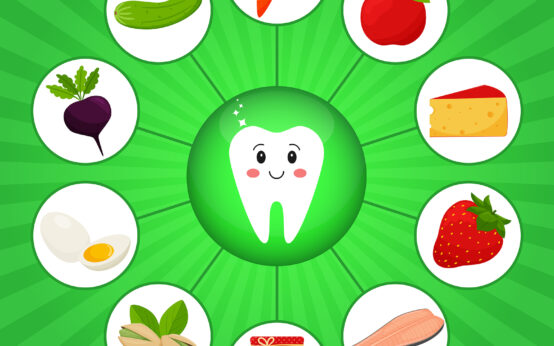 Healthy Teeth and Gums
Healthy Teeth and Gums 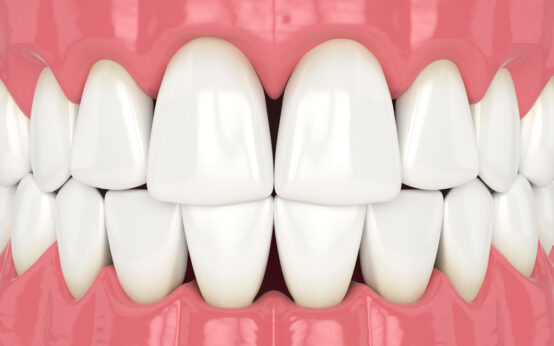 Which is the Best Way to Whiten Teeth at Home?
Which is the Best Way to Whiten Teeth at Home? 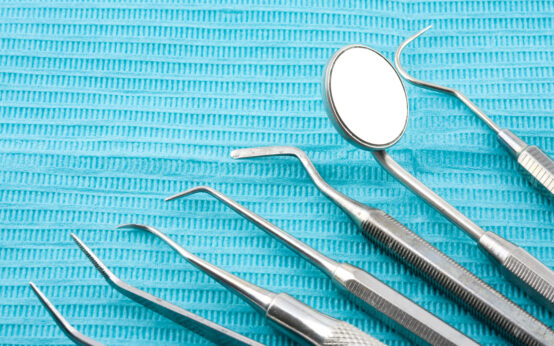 Dentists and Dental Instruments
Dentists and Dental Instruments 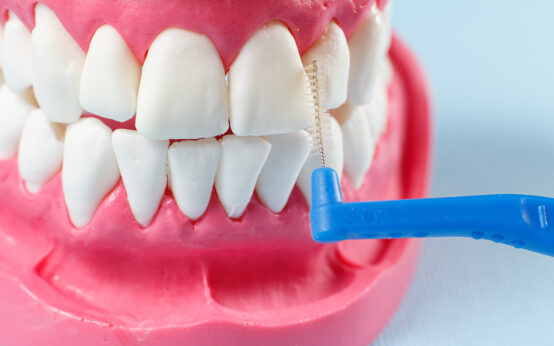 How to Stop Bleeding When Flossing With Interdental Brushes
How to Stop Bleeding When Flossing With Interdental Brushes 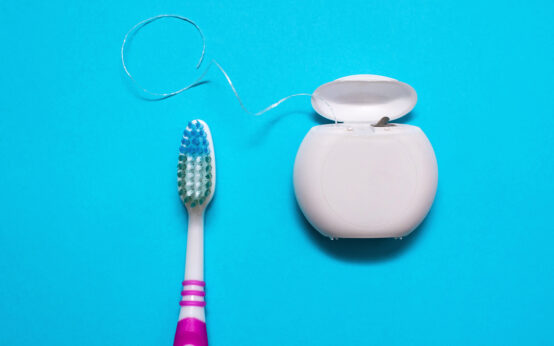 Choosing the Right Dental Floss Brush
Choosing the Right Dental Floss Brush